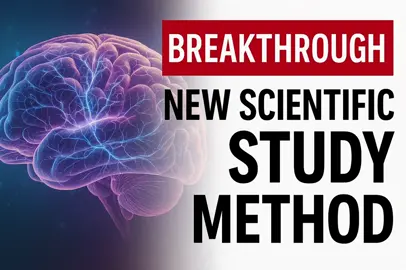Hanes4Heroes
Region: US
Tuesday 08 July 2025 19:27:45 GMT
5903
91
3
2
Music
Download
Comments
megamax600 :
He probably calls himself the smartest man in the dc universe more than anyone else.
2025-07-08 23:41:56
5
Yōki :
🥰
2025-09-22 11:06:44
0
To see more videos from user @hanes4heroes, please go to the Tikwm
homepage.





